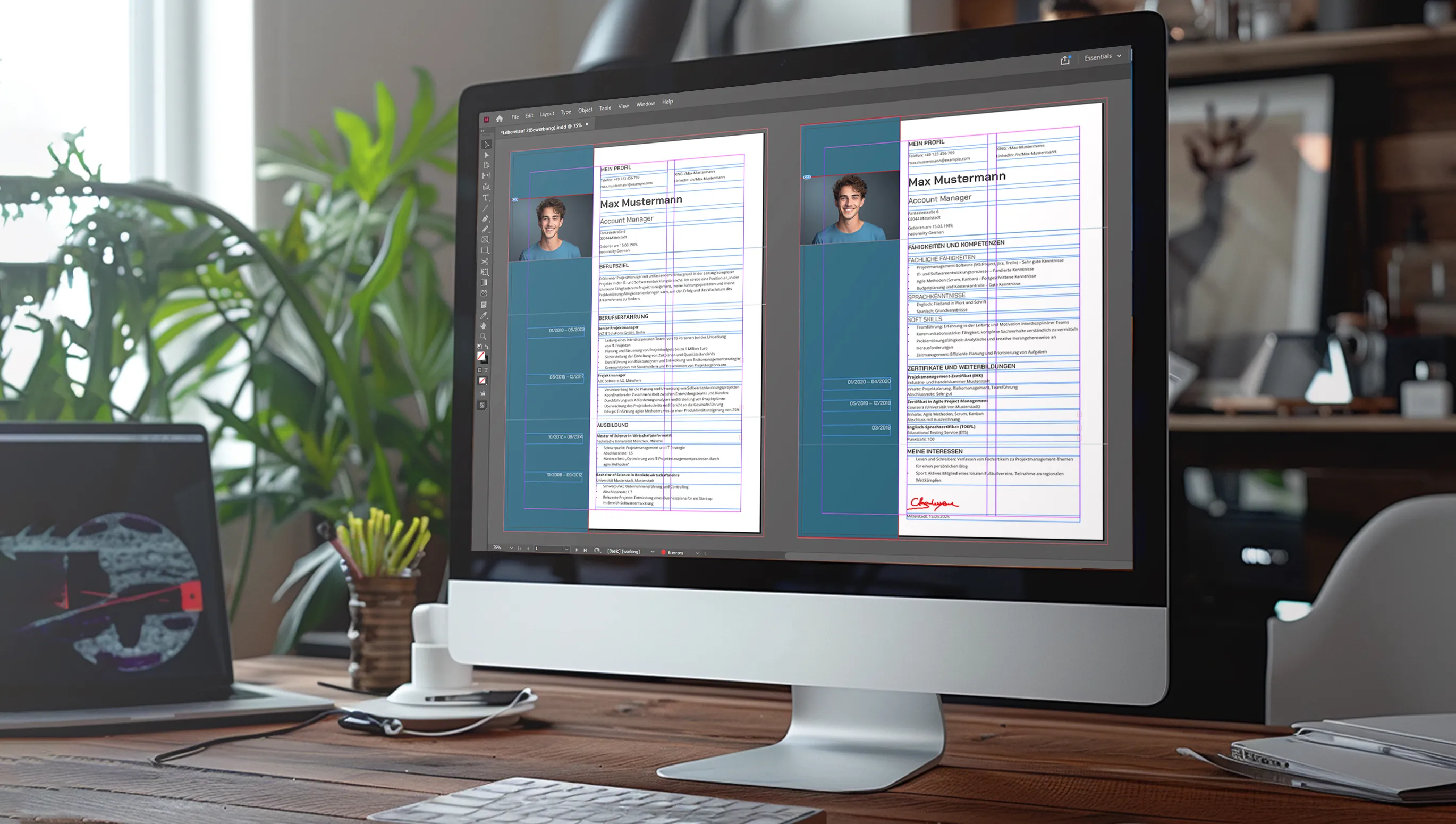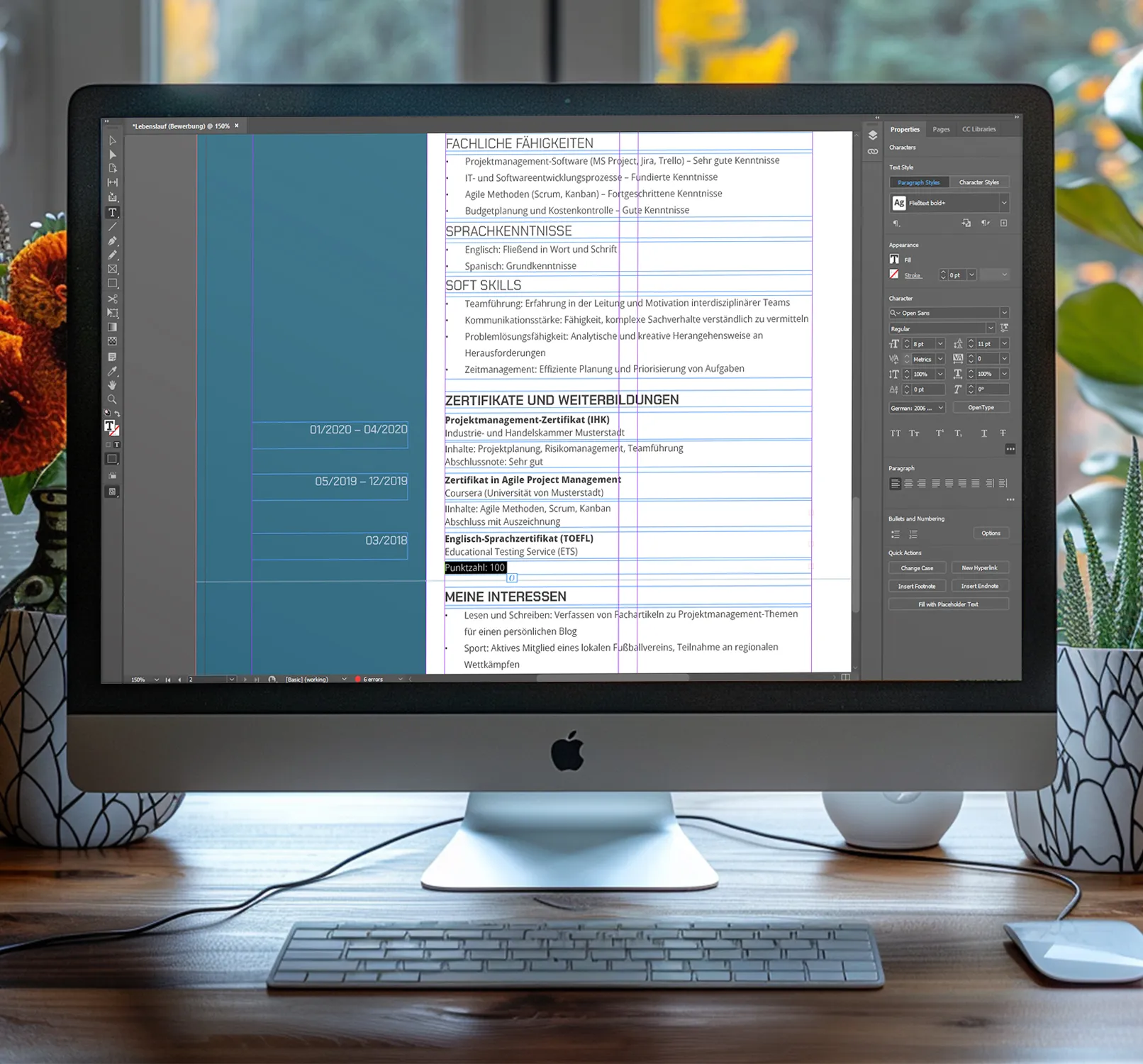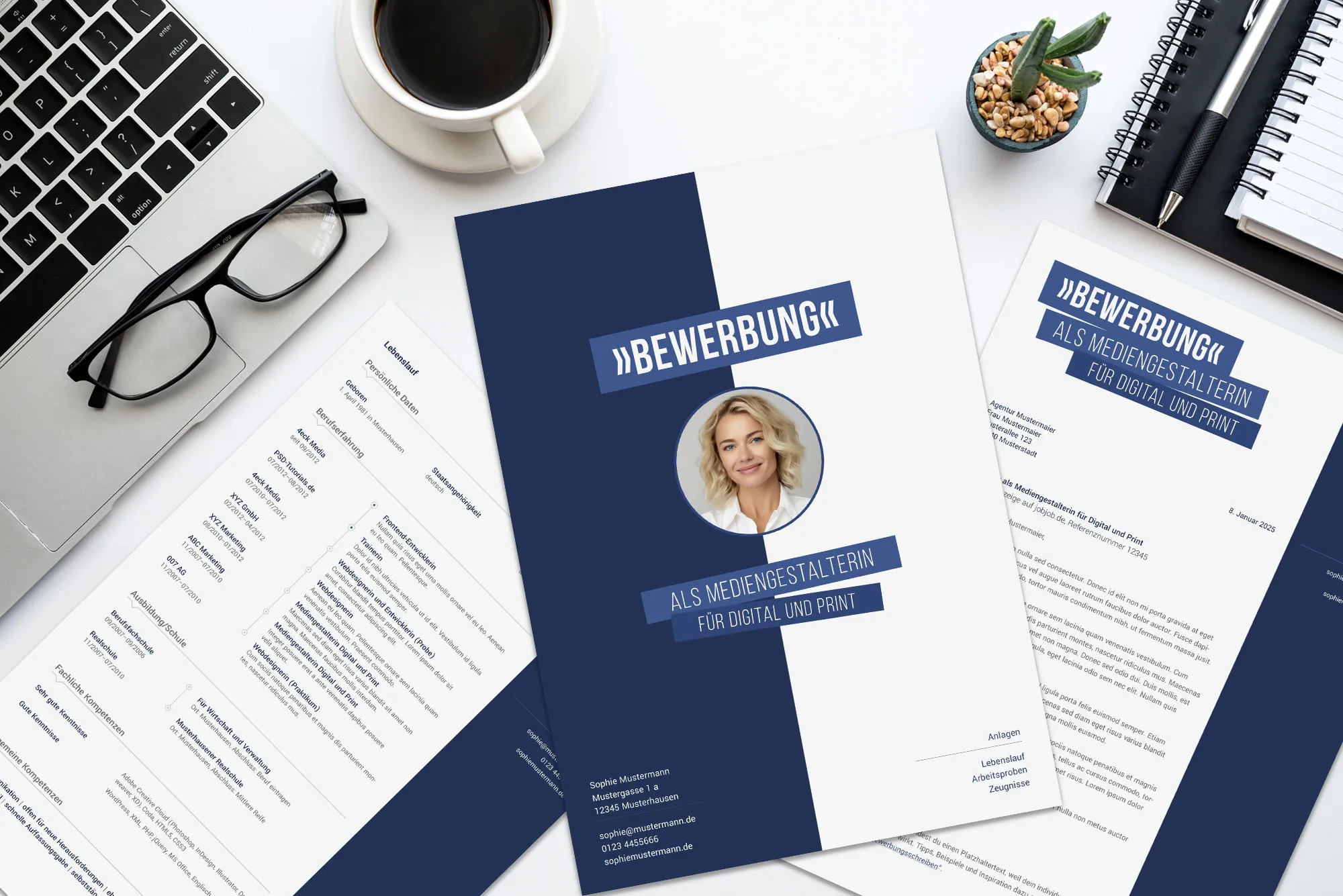Your resume is your business card and often the first impression a potential employer gets of you. How you present your strengths in your resume can make the difference in whether you get invited to an interview or not. In this article, we'll discuss not only how you can highlight your strengths in your resume, but also how you can structure your resume so that it becomes a testament to your strengths overall. Discover how to showcase your professional achievements and skills in the best light and increase your chances of landing your dream job.

The best resumes are characterized by their impressive strengths. Strengths encompass your skills as well as personal qualities and specialized knowledge that make you unique. By incorporating your personal strengths into your resume, you can emphasize your professional expertise and expert knowledge. With the right strengths in your resume, you pique the interest of the HR managers and position yourself as the perfect choice for the advertised position.
Table of Contents
What are personal strengths in a resume?
Personal strengths in a resume are the qualities that set you apart as a candidate. These strengths include social skills like teamwork and empathy, as well as individual talents such as analytical thinking and creativity. It's these unique characteristics that make you stand out and differentiate you from other candidates. Additionally, organizational skills, leadership qualities, and problem-solving competencies can contribute to painting a comprehensive picture of your strengths.
Where should they be integrated?
Your strengths in the resume should be listed in the "Skills and Competencies" section or in the "Soft Skills" section. It's important to highlight the strengths that are relevant to the target position. Instead of listing a long list of ten soft skills, focus on the essential skills that match the job requirements.

Remember that your resume should not exceed two pages. Space is limited, so it's crucial to present your strengths precisely and effectively, showcasing the qualities that make you an ideal candidate. Less is often more – it's better to selectively display your best qualities rather than overwhelm the reader with a multitude of attributes.
In our other article, we provide a detailed guide on structuring a resume. We explain step by step which sections are important, what information should be included, and how to present them optimally. This way, you create a resume that convinces and enhances your chances of landing the desired job.
How many strengths should I mention in my resume?
You should mention three to five strengths that align with the desired position. These strengths should be backed up with concrete examples and experiences. Instead of just stating that you're a team player, describe a specific situation where you worked in a team. This demonstrates your skills in practice to the employer.
In your resume and cover letter, you can integrate your strengths into a broader context and explain how they benefit the desired position and the company. This shows that you have thoughtfully considered the role and the organization, emphasizing your suitability for the position. A clearly and convincingly presented resume sets you apart from other candidates and strengthens your chances of securing the job.
Tips for Application
5 tips on how to highlight your strengths in your resume:
- Get to know yourself: Delve into self-analysis to discover your professional strengths. Pay attention to what comes easily to you in your studies or work. Don't hesitate to ask your relatives for their opinion – their external perspective can reveal new facets of your potential. Remember, you have more talents within you than you think!
- Study the requirements: Analyze the description of the desired position carefully. Pay special attention to sections like "Your Profile" or "What you Bring". Differentiate between must requirements and nice-to-have requirements to focus on the key competencies sought by the employer.
- Personalize your resume: Tailor your resume to the specific position. Highlight the skills and strengths most relevant to this position. This shows the employer that you take the job search seriously and are truly interested in their offer.
- Back up words with actions: Use concrete examples from your experience to illustrate your stated strengths. Share where you have shown teamwork, demonstrated communication skills, or taken on responsibility. Practical examples make your statements more convincing.
- Create a competency profile: Consider adding a short skills profile at the beginning of the resume, right after personal details. This immediately directs attention to your key competencies and experiences. For example: "Two years of customer service experience and six months of studying abroad at the University of Brisbane". This approach gives the recruiter a quick overview of your strengths.

How do you turn your resume into a strength?
Hiring managers read hundreds of applications. If you make significant mistakes in the design of your resume, the probability of being invited to an interview decreases. To ensure your resume is an advantage over other applicants, you should consider the following:
- Clarity and readability: Your resume should be well-structured and easy to read. Use sections and headings to highlight the most important information.
- Spelling and grammar: Ensure that your resume is free of spelling and grammar errors. Mistakes can give the impression that you do not work carefully.
- Relevant information: Focus on the skills and experiences that are relevant to the desired position. Unimportant details can distract the reader.
- Professional layout: Use a professional layout or an application template to visually enhance your resume. A consistent and professional appearance leaves a positive impression.
- Up-to-date information: Make sure all information, especially contact details and work experiences, are current. Outdated information can give the impression that you are not well-prepared.
Qualities Presented: Examples from Different Professions
Project Manager
- Teamwork: "As the leader of an international team of ten people, I successfully coordinated collaboration and contributed to the timely completion of the project."
- Organizational skills: "I developed and implemented complex project plans, resulting in projects being completed within budget and timeframes."
- Problem-solving skills: "I found quick and effective solutions in critical situations to avoid project delays."
- Communication skills: "Thanks to my clear and effective communication, I managed stakeholder expectations and achieved project goals."
Sales Representative
- Communication skills: "Through effective communication and negotiation, I increased sales numbers in my region by 25%."
- Customer focus: "Thanks to my ability to understand and address customer needs, I significantly increased customer satisfaction."
- Negotiation skills: "I successfully closed major deals by negotiating strategically and building sustainable relationships."
- Goal orientation: "Through my targeted approach to work, I regularly exceeded my sales targets and contributed to the company's success."
HR Specialist
- Empathy: "Thanks to my empathetic approach, I significantly improved employee satisfaction and retention."
- Negotiation skills: "I successfully led wage negotiations, leading to improved working conditions and increased employee satisfaction."
- Organizational skills: "I optimized recruitment processes, reducing the time to hire new employees by 30%."
- Problem-solving skills: "I effectively resolved workplace conflicts and promoted a positive work environment."
We wish you success in your job search and hope you quickly find a suitable position! With a well-designed resume and the right strengths, you are well prepared to impress hiring managers. Good luck on your way to your dream job!
Strengths in your resume: Tips for designing your resume
From Vitalii Shynakov
